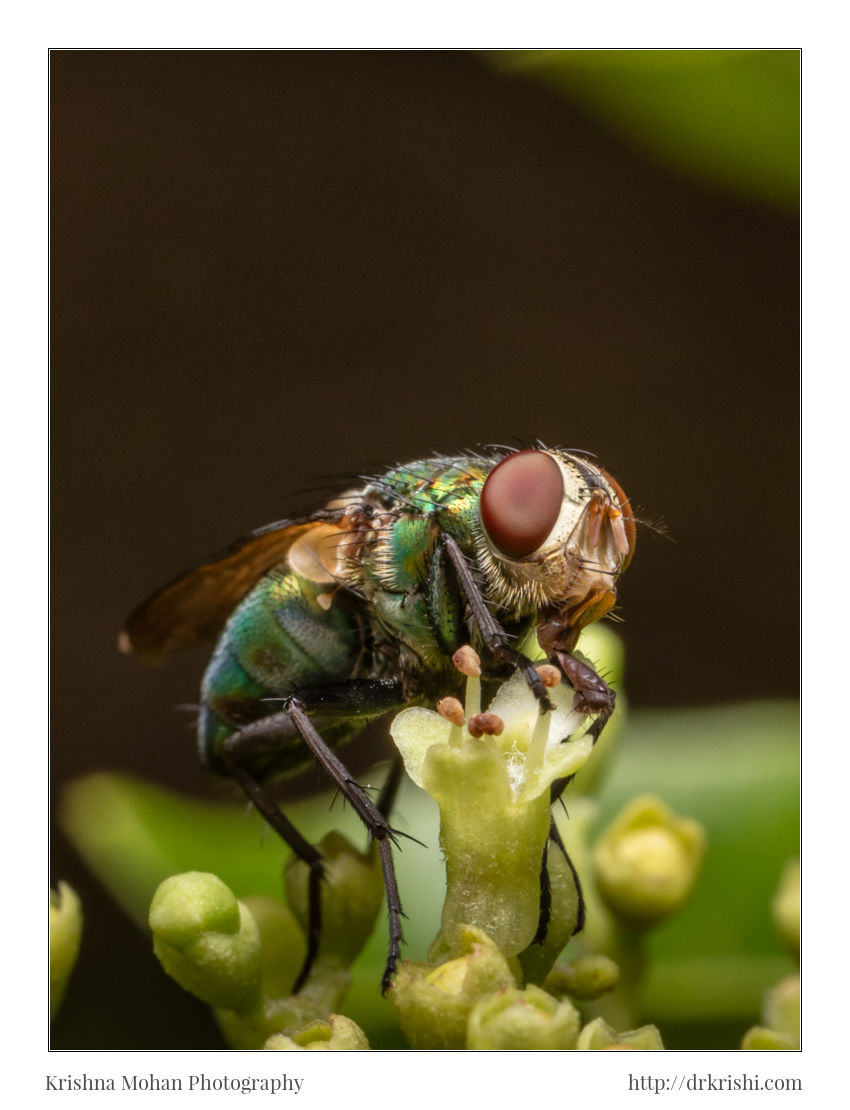Flesh Fly
I found this flesh fly resting on a leaf in my garden. It was captured handheld on Canon EOS 70D with Canon EF 100mm f/2.8L Macro IS USM lit with Godox Ving V860c E-TTL Li-ion Camera Flash with LumiQuest SoftBox III. Flesh flies (Sarcophagidae) belong to the calyptrate flies (Calyptratae) along with house flies, blow … Read more






